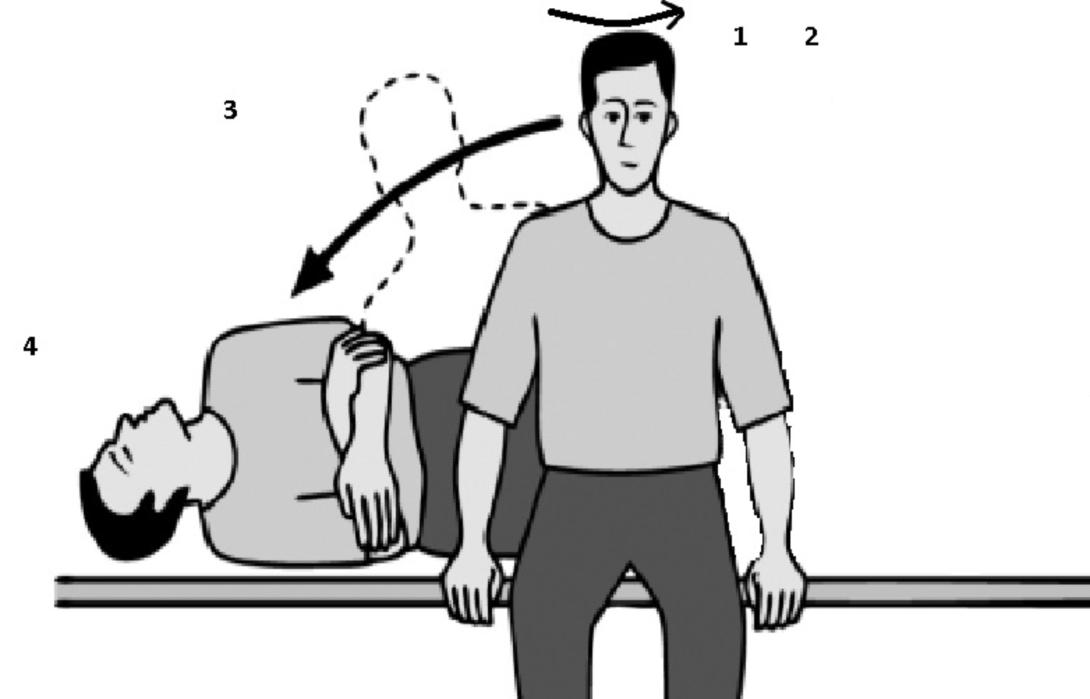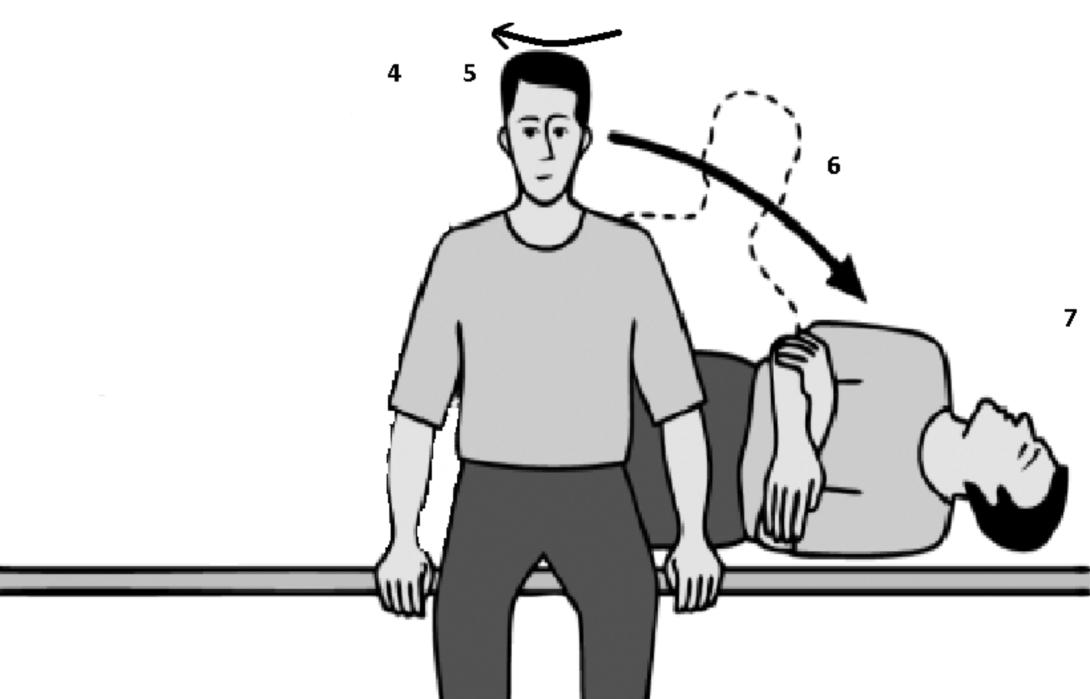These exercises are to be used for treatment of Benign Paroxysmal Positional Vertigo (BPPV).
Whilst in clinic you may have had a procedure carried out called an ‘Epley’ manoeuvre. This is used to treat BPPV. You may have then been recommended to perform some exercises at home. Alternatively, you may have just been provided these exercises to perform at home for your BPPV. These exercises are called Brandt-Daroff exercises.
These exercises are simple to carry out at home, you do not need any equipment other than to use your bed at home.
Please follow this exercise programme if you have been recommended to in clinic or if your symptoms persist following your treatments in clinic.
Exercises
When performed accurately, these exercises succeed in reducing dizziness for about 95% of patients.
The exercises are designed to relocate the loose crystals that cause the dizziness in the first place and the repeated exposure to the feeling of dizziness can reduce the intensity of the dizziness. Ideally, these exercises are performed in 3 sets per day and each set consists of at least 5 repeats of the manoeuvre as shown overleaf.
The exercises may make you feel unsteady but in time this is what will improve your balance and you will find the exercises become a little easier.
Once your balance symptoms have stopped and you no longer feel dizzy in day-to-day activities, you no longer need to continue the exercises.
Tips and care
- Brandt-Daroff exercises should be performed until the dizziness has subsided. Most people receive complete relief from dizzy symptoms after 30 sets.
- One third of patients may experience a re-occurrence of symptoms within a year. If this happens, perform one set daily until symptoms are relieved.
- The exercises are likely to provoke dizziness, therefore should be performed in a safe environment, preferably with another person present.
- If you have any difficulties such as pain in your neck or spine, or feel at all faint whilst carrying out the exercises do not continue.
- Further information is available on the Vesibular website
- Contact the department on 01709 423145 or email at rgh-tr.earcarecentre@nhs.net if you have concerns.
Suggested schedule
Morning set (5 manoeuvres, take about 10 minutes)
Noon set (5 manoeuvres, take about 10 minutes)
Eventing set (5 manoeuvres, take about 10 minutes)
Use a bed, a flat surface or wherever you feel comfortable and safe.
Brandt-Daroff exercises - steps 1 to 3
- Sit on the edge of the bed.
- Turn your head left, to 45 degrees or as far as is comfortable (about halfway to your left shoulder).
- Lie down on your right side. Whilst lying down, your head should still remain at a 45 degree angle, so your nose is pointing away from the flat surface but not directly at the ceiling. Stay in this position for 30 seconds or until your dizziness subsides.

Brandt-Daroff exercises - steps 4 to 7
- Sit up into the normal sitting position as when you started. Remain sitting for 30 seconds.
- Turn your head right, to 45 degrees or as far as is comfortable (about halfway to your right shoulder).
- Lie down on your left side. Whilst lying down, your head should still remain at a 45 degree angle. Stay in this position for 30 seconds or until your dizziness subsides.
- Return again to the sitting position on the edge of your bed. Stay sitting for 30 seconds.

Steps 1 to 7 completes 1 set.
Complete 5 sets.
It shouldn't take any longer than 10 minutes for this exercise.
How to contact us
Ear Care and Audiology
Rotherham Community Health Centre
Greasbrough Road
Rotherham
S60 1RY
01709 423145
Email: rgh-tr.earcarecentre@nhs.net
